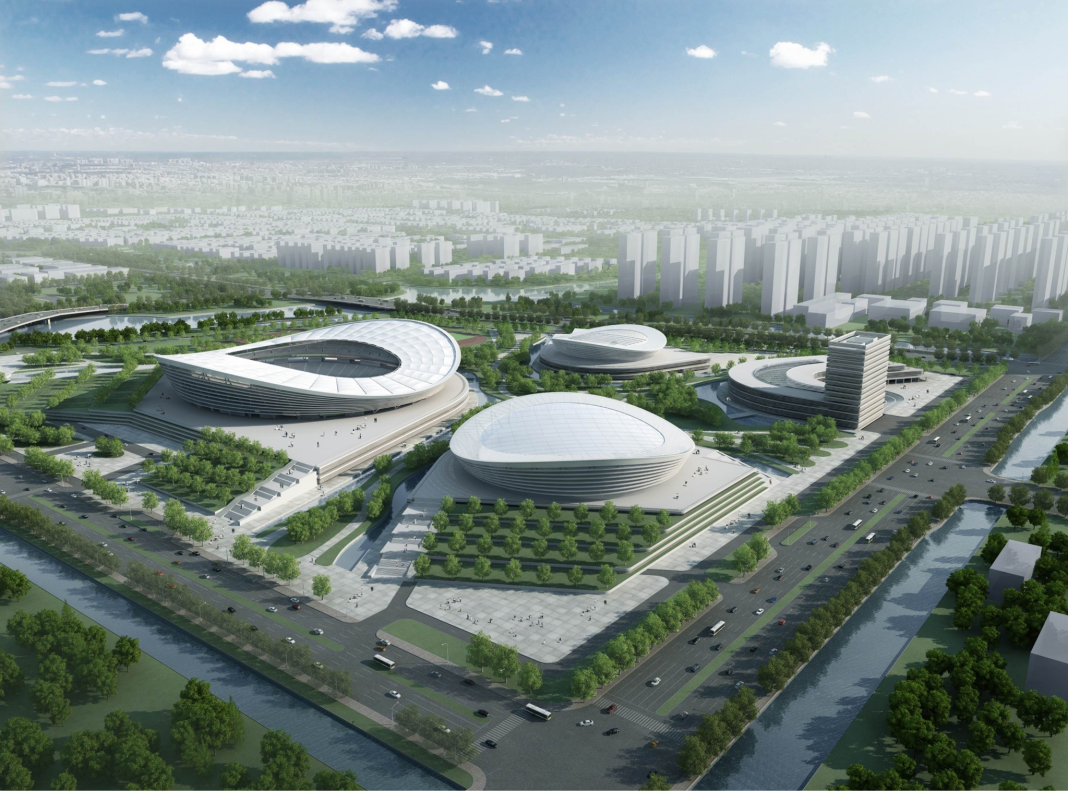Construction of Sports Complexes as Part of Mega-Projects
In recent years, the construction of sports complexes as integral parts of mega-projects has become increasingly popular worldwide. These developments are not just about creating spaces for sports; they’re about transforming urban landscapes, fostering community engagement, and stimulating economic growth. This article explores the various aspects of incorporating sports facilities into larger development projects, highlighting their benefits and challenges.
The Role of Sports Complexes in Urban Development
Enhancing Community Engagement
- Meeting Spaces: Sports complexes provide a communal area where people can gather, interact, and engage in physical activities.
- Youth Engagement: They offer essential facilities for youth activities, promoting healthier lifestyles among younger generations.
- Cultural Events: These complexes often become venues for local cultural events, enhancing the cultural richness of the community.
Economic Impact
- Job Creation: The construction and operation of sports facilities generate employment opportunities.
- Increased Tourism: Such complexes often attract visitors, boosting local tourism and related businesses.
- Real Estate Value: The presence of a sports complex can increase the value of nearby real estate, benefiting homeowners and investors.
Planning and Construction Considerations
Sustainable Practices
- Eco-friendly Materials: Utilizing sustainable building materials is crucial in modern construction practices.
- Energy Efficiency: Implementing energy-efficient systems reduces the environmental footprint of these large facilities.
Community Involvement
- Public Feedback: Involving the community in the planning process ensures that the project meets local needs.
- Accessibility: Ensuring easy access for all community members, including those with disabilities, is a key consideration.
Integration with Technology
- Smart Infrastructure: Incorporating technology for better facility management and visitor experience.
- Safety Measures: Advanced security systems and crowd management technologies are essential for these large venues.
Challenges and Solutions
Funding and Investment
- Public-Private Partnerships: Combining public and private funds can be an effective way to finance these large projects.
- Sponsorships: Seeking sponsorships from businesses, like sport betting platforms such as SureBet (sport betting login), can provide additional financial support.
Maintenance and Upkeep
- Long-Term Planning: Ensuring that there is a plan and budget for ongoing maintenance is critical.
- Community Programs: Engaging the community in upkeep and management can help sustain the facility’s long-term success.
Case Studies
Successful Sports Complex Projects
- The London Olympic Park: Built for the 2012 Summer Olympics, the London Olympic Park is a prime example of a sports complex integrated into a mega-project. Post-Olympics, the park underwent a transformation to serve the local community. It now includes the London Aquatics Centre, the Copper Box Arena, and the Lee Valley VeloPark, among others. The park has become a hub for both professional and community sports, showcasing how such complexes can have a lasting impact on urban areas.
- MetLife Stadium, New Jersey: Home to the New York Giants and New York Jets, MetLife Stadium is part of the larger Meadowlands Sports Complex. This complex serves as a multifaceted entertainment and sports venue, hosting numerous events beyond football, including concerts and soccer matches. Its construction has been pivotal in driving economic growth in the region, creating jobs, and boosting tourism. The stadium’s design and infrastructure also set a precedent for modern sports venue construction.
Technological Innovations in Modern Sports Complexes
Advanced Facilities for Athletes and Spectators
- High-Tech Training Facilities: Modern sports complexes often include state-of-the-art training facilities equipped with advanced fitness technology. This includes virtual reality setups for strategy training and biomechanical systems for performance analysis.
- Enhanced Spectator Experience: Technologies like augmented reality (AR) and virtual reality (VR) are being integrated to provide immersive viewing experiences. For example, AR can provide real-time stats and player information during a live match.
Smart Stadium Technology
- IoT Integration: The Internet of Things (IoT) plays a crucial role in optimizing operations, from energy management to crowd control.
- Mobile Connectivity: Ensuring high-speed mobile connectivity allows spectators to interact with the event in real-time, enhancing their overall experience.
Environmental Sustainability in Sports Complex Development
Eco-Friendly Design and Construction
- Renewable Energy Sources: Many new sports complexes incorporate renewable energy sources like solar panels and wind turbines to reduce their carbon footprint.
- Green Building Materials: The use of sustainable materials in construction, such as recycled steel and low-emission glass, is becoming a standard practice.
Sustainable Operations
- Water Conservation: Systems for rainwater harvesting and wastewater recycling are implemented to reduce water usage.
- Waste Management: Comprehensive waste management strategies, including recycling programs and compostable food packaging, are essential for large events.
Conclusion
The construction of sports complexes as part of mega-projects represents a significant investment in the future of urban spaces. These facilities bring numerous benefits, from enhancing community engagement to driving economic growth. However, their success depends on careful planning, sustainable practices, and community involvement. As these projects continue to evolve, they will undoubtedly play a pivotal role in shaping vibrant, active, and inclusive urban communities.
Also Read
Namibian companies depict strong interest for Trans-Kalahari Railway Project
Huge milestone for EACOP project as 100km of line pipe delivered

